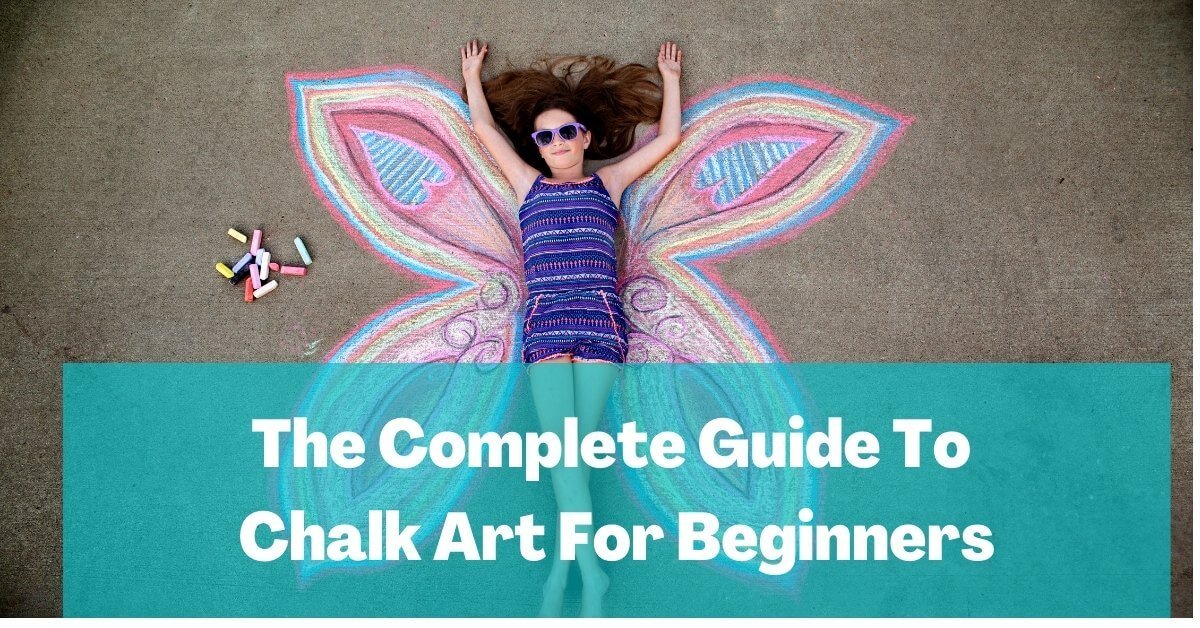Collage art allows for an incredible range of creativity as it can utilize a variety of materials and mediums.
Most likely, you’ll have everything you already need at home! Honestly, all you need is paper and some sort of adhesive (like glue or tape) and you’re good to go.
Collage art is pretty much the least intimidating art medium ever. It’s great for beginning artists as it requires no technical skills whatsoever.
However, if you love drawing or painting, you can also incorporate that into your collage art!
Collage art is also great for accomplished artists as it can offer up brand new challenges. From construction paper cut-and-paste to surrealist magazine style of collage art, the possibilities are endless.
So what exactly is collage art? Collage art is, “a technique of composing a work of art by pasting on a single surface, various materials not normally associated with one another.”
This can include magazine images, newspaper clippings, photographs, movie tickets, basically anything and everything paper.
You can even explore mixed media collage art and add unique items like buttons, ribbons, or even flowers.
What’s included for this hobby of the month?
For this hobby of the month, we’ll explore a different technique of collage art each week. I’ll provide a wide range of ideas here to get you started and you can pick the technique that is most appealing to you!
Before we can start with collage art, you’ll need to get familiar with some materials and supplies you can use for this hobby.
Although you only really need paper and some adhesive, you always have the option to upgrade!
Collage Art Tools & Materials
Support for collage art
The first thing you’ll need to create collage art is something on which to put your art.
This can include papers, cardboard, or even canvases. What you select is ultimately going to be based on a few parameters:
What do you want to do with the final product?
If you want to mount it on a wall, you might consider using something that provides high stability and support.
Canvases are great for this purpose. If you want to keep it tucked in a folder or binder, use something much thinner like watercolor paper.
Use a thicker variety of watercolor paper so it can withstand the weight of your adhesives and paper.
What materials do plan on using in your collage?
If you are planning on utilizing heavy objects, you’ll need something with strong support.
Try a mat board, Davey board, cardboard, hardboard, or even plywood for the really heavy stuff.
What adhesive do you plan on using?
If you’re using tape, you can probably stick with watercolor paper, cardboard, or bristol paper.
If you’re using glue, you need to consider the thickness of the glue and whether the support will be able to withstand the layers of this adhesive.
I personally like hanging up my collage art, but I don’t necessarily need to stability of a stretched canvas on frames.
I love using these 8×10 flat canvases. They provide good support and I don’t have to worry about the amount of glue I apply.
I have the ability to hang these and they’re the perfect size for me. The best thing for me? They’re pretty damn affordable.
Adhesives for collage art
Another item you’ll need for collage art is an appropriate adhesive. You can use either tape or glue for your artwork but I would recommend glue for this.
Glue is definitely more long-lasting but it can be way messier than using tape.
There are tons of different glues available and you should be aware of the different characteristics that each one can offer.
Since I typically only work with paper, I like using Elmer’s 2-in-1 Dual Tip Glue Pen.
This is the same glue I used in my scrapbooking days. I like that there’s a flat surface tip for you to glide the glue across the paper but there’s also a small tip for more precise applications.
It also dries wrinkle-free on paper. It works well for me as a casual explorer in collage art for now.
Other glues I would consider are white glues like Mod Podge. You can find archival (good for long-lasting durable art) and non-archival glues in gloss and matte finishes and it works great as a sealant as well.
You can also consider polyvinyl acetate (PVA) all-purpose glues but it’s not archival. This is your typical white Elmer’s glue that you see commonly used in schools.
You can also use glue sticks but only pick higher quality, permanent ones.
The cheap school-grade glue sticks won’t be durable for your collage art. If that’s all you have in the house and you don’t want to invest in any other glues, glue sticks will work fine to get the job done.
If you are utilizing heavier objects on your collage, I would recommend more durable options like wood glue.
Other options would include acrylic mediums (can be used as both a glue AND a finish) or rubber-based adhesives (like rubber cement).
Whatever you use, just make sure that it’s strong enough to secure the materials that you’re using for your collage!
Cutting Tools for Collage Art
Scissors
The scissors you have sitting on home is probably good enough to get started.
If you want to explore collage art on a deeper level, you may need more heavy-duty scissors for cutting heavier material like leather or cardboard.
If you need more precise scissors for detailed cutting, grab some fine-tip scissors.
If you want decorative edges in your clippings, buy some decorative-edge scissors at your local craft store. Adding fabric into your collage art? Try some fabric shears.
Knives
I’m not good with knives at all. I don’t use them unless I have to because I’m always bound to cut myself.
Knives are great for cutting a variety of materials. You can use large utility knives, craft knives or even desktop paper cutters.
Desktop paper cutters are perfect if you want straight lines in very precise measurements.
I love using this X-Acto knife set (pictured on right). It gives me pretty precise cuts for magazine clippings.
Materials for Collage Art
Need ideas on what type of materials you can use for collage art? Here’s a list of ideas!
Most of these can be found around the home but if you don’t have a lot of these items, try visiting your local recycling plant, secondhand stores, or libraries (for used book sales).
- Magazines
- Books
- Newspapers
- Junk mail/flyers
- Old memorabilia like plane tickets, movie tickets, souvenir pamplets, etc.
- Photographs
- Decorative scrapbooking paper
- Gift wrapping paper
- Notebook paper
Want to add more than just paper and objects to your collage? Utilize these other mediums to add a flare to your collage!
- Watercolor paints
- Acrylic paints
- Gouache
- Pencil
- Pen (ink)
- Colored pencils
- Pastels
Now that we’ve covered supplies, let’s see what types of collage art you can get into! Check out this list of collage art ideas!





